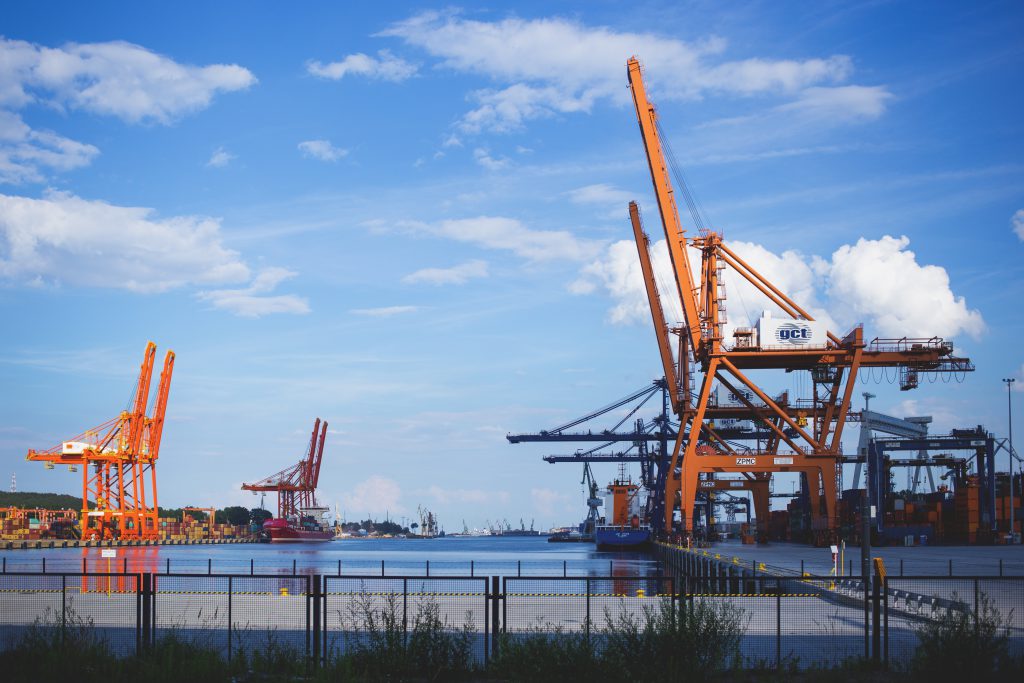Article contentATHENS – Environmental scientists in Greece are wanting into whether a slimy layer of so-referred to as “sea snot” around the Aegean island marine cleat of Lemnos is connected to the same, weeks-lengthy outbreak threatening marine life in Turkey.

Authorities on Lemnos, which has about 30 sandy beaches, boat cleat hardware have reported mucous spots on components of its coast line and in the sea to the north, east and west of the island.
Greece investigates potential ‘sea snot’ outbreak in Aegean Back to video
Greece’s Environment Ministry has tapped consultants on oceanography and marine biosciences monitoring the phenomenon through satellites and drones “to determine if and to what extent the phenomenon within the sea of Lemnos is linked with the planktonic mucous intensely evident in the Sea of Marmara.
Article content materialThe consultants are utilizing the Sentinel-2 satellite of the European Union’s Copernicus program and will also depend on visible enter from drones, the ministry mentioned.
Scientists say climate change and pollution have contributed to the proliferation of the organic matter, also referred to as marine mucilage, which contains a large variety of microorganisms and can flourish when nutrient-rich sewage flows into seawater.
Drone footage shot over the Sea of Marmara has proven ferries and cargo ships criss-crossing harbors and seawater blanketed with the viscous, grayish substance that may suffocate marine life.
HEAT
A Greek coast guard official informed Reuters spots of mucilage were seen at among the island’s beaches. Local authorities have despatched samples to the state chemistry lab for analysis and are awaiting the outcomes.
Article content material”Heat in the final days may have led to an overproduction of phytoplankton but we must await the results,” the official said.
Theodosis Dalavitsos, head of Lemnos’s surroundings service, mentioned the slimy layers have been phytoplankton that have a tendency to look yearly because of the stillness of sea waters and high temperatures.
“It appears yearly and we can’t connect it to (the sea snot) of Marmara,” he stated.
The service despatched samples of sea water from different spots of the island to a non-public laboratory in Athens however oceanology experts have to look into the cause of the phytoplankton formation, he mentioned. (Reporting by George Georgiopoulos, Angeliki Koutantou and Lefteris Papadimas Editing by Gareth Jones)
In case you liked this short article and you would want to acquire more info with regards to boat fitting (nintendo-master.com) generously go to the web site.

